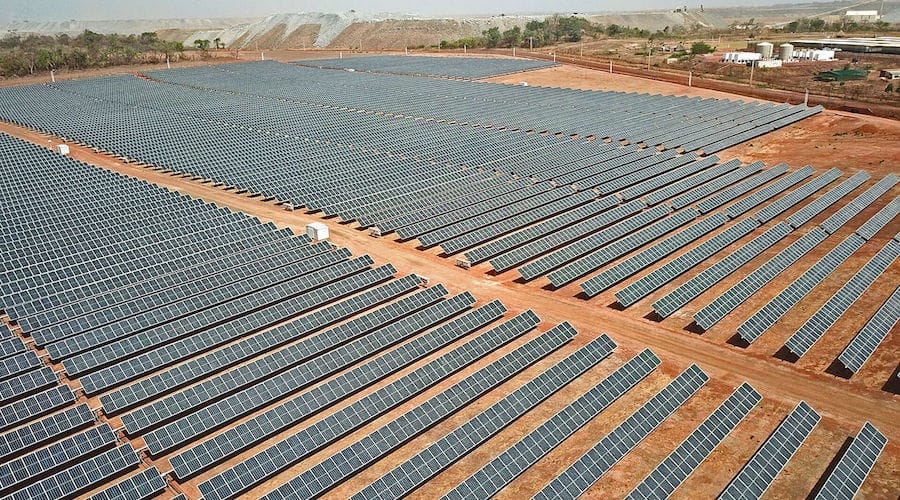In 2021, the environmental, social and governance theme anchored itself as a mainstream aspect of the mining business, which is expected to remain top-of-mind in the boardroom, a new report by White & Case states.
The law firm’s report is based on its annual Mining & Metals Survey, which gathered information from 63 decision-makers in the mining and metals sector and which found that for the second year in a row, ESG issues continue to be considered an important risk to the sector, with 24% of respondents viewing it as the biggest threat, rising to approximately 40% when climate-related activism and regulation is included.
“While not necessarily a surprise, an increasingly sophisticated conversation is happening and companies are recognizing that opportunity exists for those companies effectively managing this risk,” the dossier states.

According to White & Case, firms appropriately dealing with ESG issues have been pushing the argument that they are becoming far cleaner and more sustainable, thus turning into reliable and trusted partners to mine the materials that will enable the green transition. In fact, most of the survey respondents said that tackling the challenges of climate change and the energy transition should be the number-one priority for the industry this year.
“The opportunity for the sector is clear. End-users, especially those pushing energy transition agendas, such as the electric vehicle makers, want to be able to tell consumers that the materials they use come with impeccable ESG credentials,” the document reads. “In 2021, we saw BHP sign a nickel supply agreement with Tesla, with the two companies saying they would work together to make the supply chain cleaner.”
White & Case points out that BHP is not an outlier but rather another one of the big players looking at an environmentally friendlier future. In a similar tone, Rio Tinto is working to produce carbon-free aluminum, partnering with consumers such as Apple, while Glencore has also struck a cobalt supply deal with Tesla.

The New York-based firm’s insights also show that lenders, in particular government agencies, are considerably more willing to finance projects that help ensure the supply of minerals critical to the energy transition.
From miners’ point of view, the survey found that 20% believe that exposure to such commodities is the best way to draw in new investors, almost double last year’s response. The second and third most popular answers were shareholder returns and high commodity prices.
This new green focus led diversified miners to accelerate their transition in 2021.
“BHP announced it was exiting oil & gas and continued to move away from thermal coal, while Anglo American exited thermal coal altogether. Vale also announced its exit from the coal market as part of its commitment to become carbon-neutral by 2050 and reduce one-third of its emissions by 2030,” the dossier notes. “Rio Tinto sanctioned a $2.4-billion lithium project in Serbia (which now faces significant local challenges—linking into our respondents’ growing concerns about resource nationalism in the sector) in addition to announcing the purchase of the Rincon brine project in Argentina.”
Despite certain challenges, White & Case believes that the move towards ESG-conscious operations and green metals is not going to stop as companies that have focused their attention on these areas are already seeing the benefits.
This story first appeared in Mining.com



